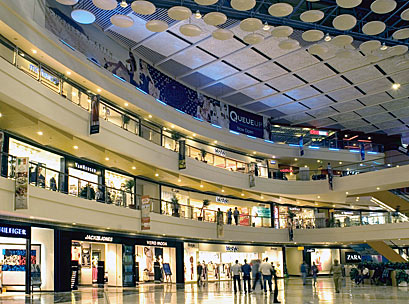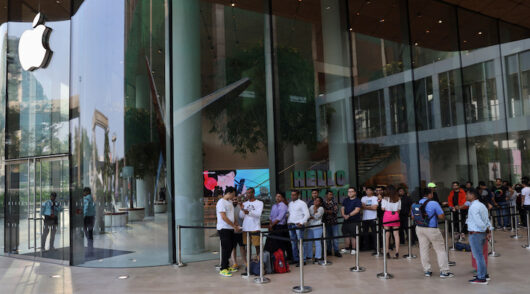Malaysians, nervous about the impact of the introduction of GST on April 1, are tightening their pursestrings.
“Although you see huge crowds at shopping outlets during the weekends, most of them are only there for window shopping. Only a small percentage of people are there for serious shopping,” said Malaysia Retail Chain Association (MRCA) president Dato’ Liaw Choon Liang.
“Perhaps it is the impending GST implementation or rise of petrol prices —whatever it is, it is rather disappointing,” said Liang.
According to a report by Nielsen, part of a global review of consumer spending intentions, about four in five Malaysian consumers have adjusted their spending habits in the past year to improve household savings (79 per cent compared to 65 per cent globally).
Nielsen found Malaysian consumers are cutting back on household spending on new clothes (38 per cent), gas and electricity (37 per cent), out-of-home entertainment (30 per cent), grocery brands (by switching to cheaper brands; 30 per cent) and telephone expenses (22 per cent).
“The propensity to save and cut back on expenses could call into question the vibrancy of the retail and fast-moving consumer goods (FMCG) industry,” said Nielsen in its report.
Nielsen Malaysia country manager Richard Hall said that after getting through the first half of 2014 where aviation disasters and global economic downturns dominated the headlines, consumers are now refocusing on family matters and becoming less concerned with the economic future of the country and their personal financial future.
“Although this is a positive trend, Malaysian consumers continue to remain vigilant of their ongoing and future spending habits and are constantly mindful of the fragile state of the global economy,” said Hall.
“The FMCG market is fairly flat now and has been for some time. Consumers are not cutting spending on FMCG but there is little dynamism in the market so the incentive for companies to invest has been diminished against a few years ago.
“The rise of the hypermarket and supermarket trade sector has reached saturation point in terms of store openings and growth across the market has slowed with it. It used to be that every new hypermarket opening would generate huge consumer interest and really stimulate spending, but with the proliferation of malls and the choice available for consumers, a new store opening is just normal nowadays,” he said.
Meanwhile, Liang said a number of MRCA members are worried about the decline for the third quarter of 2014.
“It seems like the stall is the worst we’ve experienced in the past three years.”






